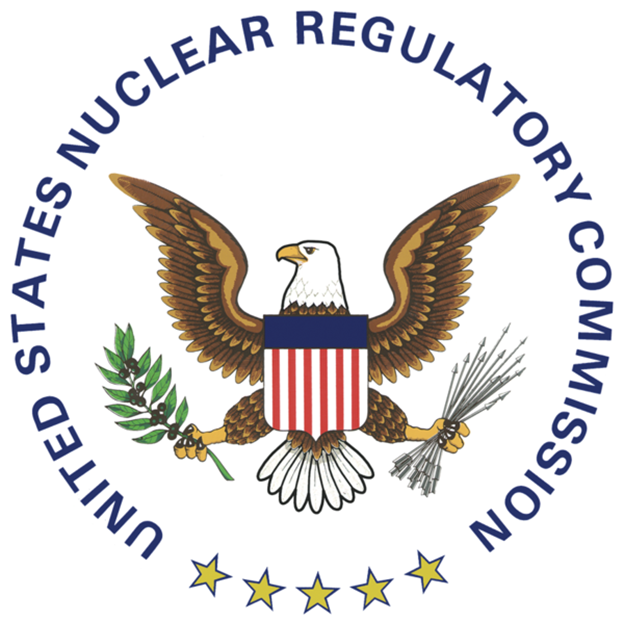Nuclear Reactors 692 - The Impact Of Climate Change On Nuclear Power Reactors - Part 1 of 2 Parts
Part 1 of 2 Parts
Nuclear power is often promoted as part of the solution to climate change. Claims that nuclear power is carbon free are technically correct in a narrow sense. While during actual operation of the reactors, carbon dioxide is not generated, the construction and fueling of nuclear power plants does emit a great deal of carbon dioxide. Over their lifespans, nuclear power plants generate more carbon dioxide than wind farms and solar installation. They do generate less carbon dioxide over their lifespans than fossil fuel power plants. While nuclear power plants may emit less carbon dioxide than fossil fuel power plants, they are vulnerable to the effects of climate change.
Nuclear power plants are always located near bodies of water because they require huge amounts of water for cooling the reactors. It turns out that more frequent heat waves and higher average temperatures are raising the temperatures of some bodies of water to the point that they cannot adequately cool the nuclear power plants that depend on them.
In publicly available reports, nuclear power plant operators admitted that extreme temperatures last year forced operators to reduce nuclear power plants electrical output over thirty times. As might be expected, this occurred more often in the summer. In 2012, such reductions happened more than sixty times. One plant in Connecticut had to be shut down for over two weeks when the temperature in Long Island Sound rose over seventy-five degrees.
These reported incidents have risen over the last couple of decades. In 2009, only nine of these incidents were filed with the Nuclear Regulatory Commission. In 1988, 1989 and 1991 there was only one such episode each year. This steady increase in cooling water temperatures follows the steady increase in global temperatures caused by climate change.
David Lochbaum is a retired nuclear engineer and former director of the Nuclear Safety Project at the Union for Concerned Scientists. He compiled reports based on data submitted to the NRC. He said, “I've heard many nuclear proponents say that nuclear power is part of the solution to global warming. It needs to be reversed: You need to solve global warming for nuclear plants to survive.”
NRC has regulations that set strict temperature limits for the cooling water that can be used for cooling a nuclear power reactor. Some of these limits include 75 degrees for the Millstone Generating Station in Connecticut, 85 degrees for the Braidwood Generating Station outside Chicago, as high as 90 degrees for the Turkey Point Generating Station south of Miami. U.S. nuclear power plants are more often hitting these ceilings and even exceeding them.
Even in cases where the temperature of cooling water just approaches the limit, a nuclear power plant may have to reduce its output if the water they used for cooling will raise the temperature in nearby waterways to the point where fish and plants are threatened. The Limerick Generating Station outside Philadelphia, for example, reported that it had to reduce its output 79 times between 2008 and 2016 because of water temperature issues.
Please read Part 2
